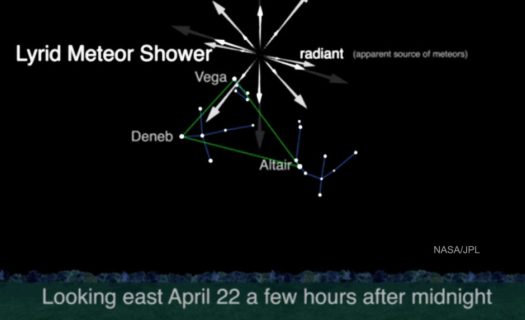
The Sun’s corona visible during the 2017 total eclipse.
Our Sun is a special star. In the past, scientists thought that it was just an average star. However, new studies in recent years have shown many ways that our Sun is unique.
A recent study by researchers at the Flatiron Institute Center for Computational Astrophysics under the leadership of astronomer Megan Bedell shows one more way that our star is unique. The study involved examining 79 “solar twins” of the Sun. These are other nearby stars that have nearly the same temperature and mass as the Sun. Using the HARPS telescope in Chile, they measured the spectra of each of the stars. A star’s spectrum of radiation indicates what elements the stars contain and the relative abundance of those elements.
The researchers measured the abundance of 30 different elements to a precision of two percent, which is higher than others had achieved. The ratios of elements such as carbon to oxygen and magnesium to silicon were nearly identical in the stars they studied, except for the ratios in our Sun. Our star has a lesser amount of metals and elements that make up rocks. Those elements are the ones which planets are made of, so we can probably assume that those elements were removed from the Sun to make Earth and the other rocky planets.
The stars which came closest to matching the Sun’s chemical composition were only a small portion of the total stars studied. They are also missing some of the materials that could build planets like Earth. However, in the search for exoplanets, astronomers so far have not found any planets orbiting those stars that are most similar to our Sun.
This study is fascinating, and there is much more to learn. We don’t know if science will ever find any potentially life-supporting solar systems and planets anywhere else. However, we do know that our Sun and this planet seem perfectly designed as a place for us to live and to study the vast universe. It is evident that we have a special planet orbiting a special star in a special place where we can observe and study God’s creation.
–Roland Earnst © 2018









